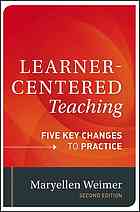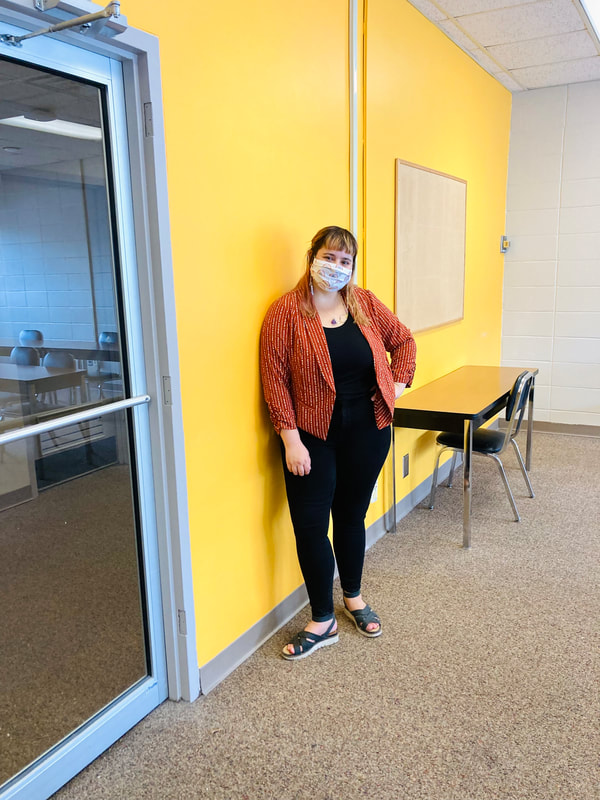|
With only three weeks left in the semester, I think we feel the pressure and stress this time of year brings. For my first-semester first-year students, this is their first time preparing for college finals. This semester has been full of unique and additional challenges, and many of them are looking forward to the semester ending, Christmas break, and going home to their families. For their final in this class, they’ll be turning in a portfolio reflective of their work this semester alongside a 3–4-page reflection essay. Thanksgiving is next week, and when we come back from Thanksgiving break, we have dead week and finals week before the end of term. That frantic energy of holiday excitement combined with the particular anxiety this semester has brought has combined to form an unease that my students can feel in the classroom. Navigating that unease has been part of my responsibilities as a learner-centered teacher. I’ve been flexible this semester, willing to pivot to students' needs, and attentive to the various challenges these students face. Our third unit has had us reading and considering technology, social media, loneliness, and surveillance. Wrapping up the third unit and preparing for the accompanying paper, an argumentative essay, we’ve spent time watching a movie, reflecting on our feelings about the subject, collaboratively forming our rubric, and doing group activities to finish the list of readings. One of the productive activities we did last week was to divide the class into a few groups and assign one article to each group. They had time to read the article independently, then to meet with their group and discuss it. Next, they had to answer specific questions and have a notetaker write their answers and then nominate someone as a spokesperson. Each group presented the critical information of their source to the class, so they were teaching each other. I took notes as they spoke and then shared the document with everyone at the end. Next time, the only thing I may do is nominate someone else to be a note-taker or a note gatherer instead of me. Ultimately, this activity kept students engaged, employed group work, and had students teaching each other. This enacted peer-assisted learning, discussion-based learning, collaborative learning, and invoked Vygotsky’s zones of proximal development. I started reading the second edition of Weimer’s Learner-Centered Teaching, which I highly recommend. One of the things about learner-centered teaching is that it requires critical reflection and that our role shifts to facilitation of the acquisition of knowledge. Our teaching isn’t dependent on what our students know when they enter our classroom but on what they can do. In learner-centered pedagogy, the student becomes a true partner in their learning journey. As I look back over the 14 weeks of this semester, I wonder how successfully I’ve achieved my goals as a learner-centered teacher. I can see ways I’ve succeeded—incorporating voting for decisions and topics, having the students make paper 3’s rubric, incorporating discussion, and frequently engaging group activities. I can also see many ways to improve, especially in course content, instructional design skills, and relying too much on extrinsic motivation to power learning. I’m excited about reimaging my course for this Spring when I’ll be teaching ENG 101 again, and I have a lot of ideas about how to continue to shift the power balance away from teacher-as-
0 Comments
Leave a Reply. |
AuthorEmily M. Goldsmith (she/they) is a queer Cajun poet originally from Baton Rouge, Louisiana. They are currently a Ph.D. student at the University of Southern Mississippi. Archives
November 2021
Categories |


 RSS Feed
RSS Feed